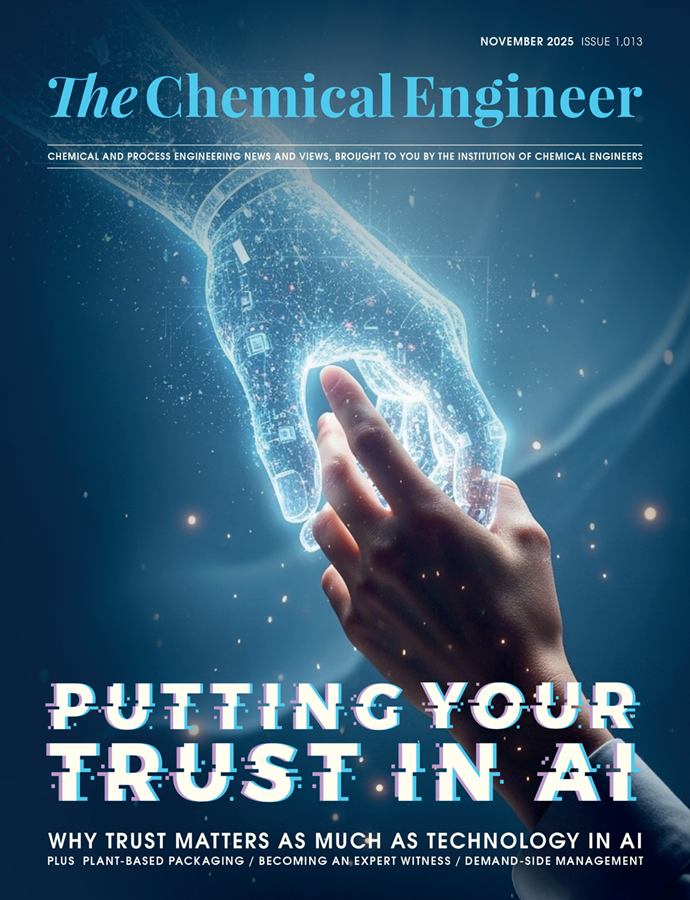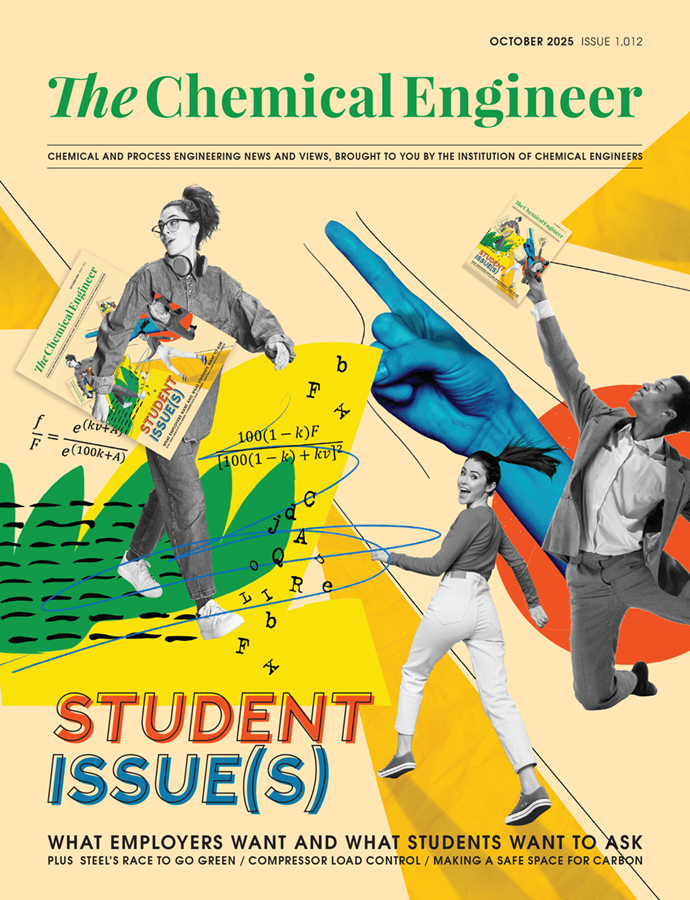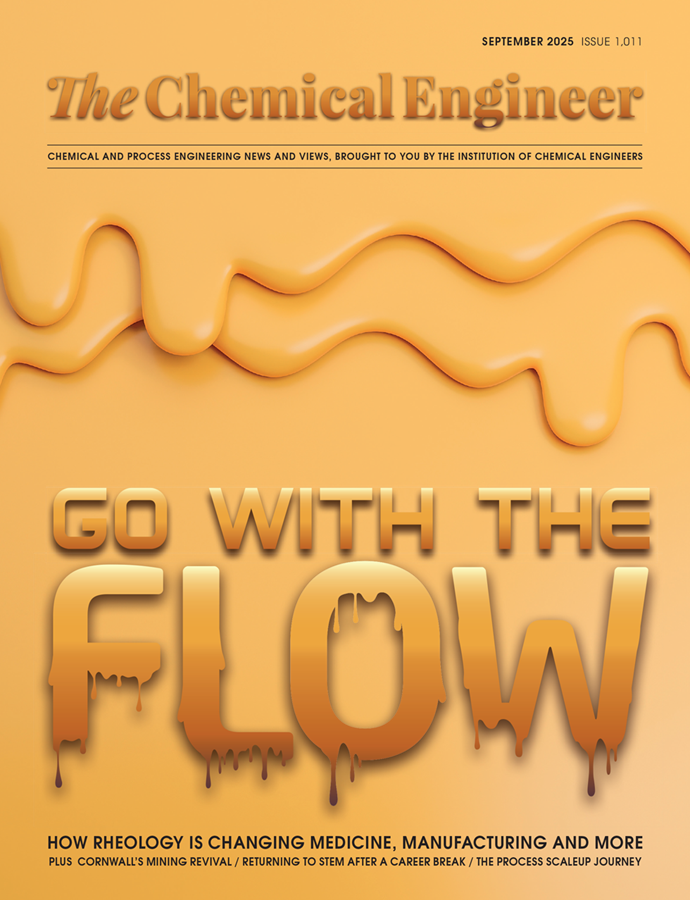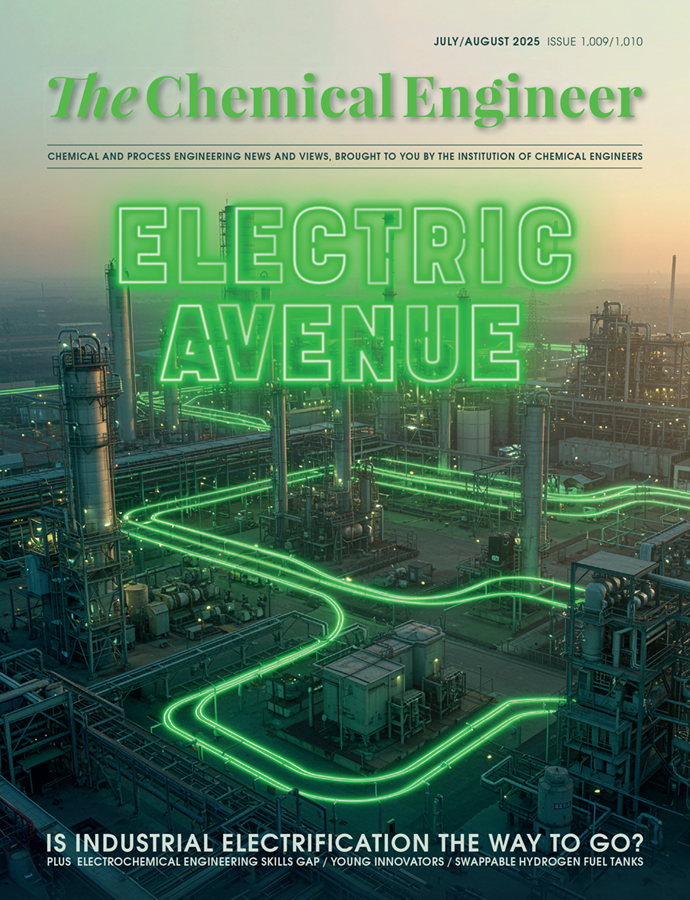UK takes ‘huge’ step in mine water research

MINE WATER could offer a viable renewable heat source for the UK, as new research emerges from the government’s recently established Living Laboratory in Gateshead.
Launched six months ago, the lab has released data on the temperature and behaviour of water buried underground in the UK’s former coal mines. The research reveals the underground water storage capacity in Gateshead’s rock formations, and how easily water can flow through the area’s historic mine workings.
The UK’s Mining Remediation Authority (MRA) project has been looking at the potential of mine water for heating since 2020.
Water in abandoned mines can naturally warm through geological processes, and the MRA estimates that around 25% of UK homes and businesses sit above former coal mines – highlighting the widespread potential of mine water heating for domestic use.
Fiona Todd, MRA project lead, said: “It’s a huge step forward in understanding mine water heat resources. These properties help us determine how much heat is available, how quickly we can extract it and how sustainable it could be over time.”
Heat underground
Mine water already supplies Gateshead with heat, with Gateshead Energy Company installing the UK’s largest mine water heat network two years ago. The system supplies heat to several buildings, including the Baltic Arts Centre, Gateshead College and 350 council-owned homes.
The Living Laboratory is located near three mine water heat schemes – the one operated by Gateshead Energy Company and two privately owned systems. It was established to study the thermal and hydrogeological interactions between these schemes within the Walker mining block in Tyne and Wear.
In its latest research, the Living Laboratory team employed a range of specialised equipment and monitoring boreholes. This included a heat pulse flow meter, CCTV cameras and an advanced technique known as Borehole Magnetic Resonance (BMR), which measures how water is stored and moves through underground rock formations. BMR is particularly valuable for understanding water temperature as it flows through fractures in mined rock.
THE MRA has made its data open access so that it can work with industry and academia to build a framework of how mine water can become a reliable heat source.
Recent Editions
Catch up on the latest news, views and jobs from The Chemical Engineer. Below are the four latest issues. View a wider selection of the archive from within the Magazine section of this site.




